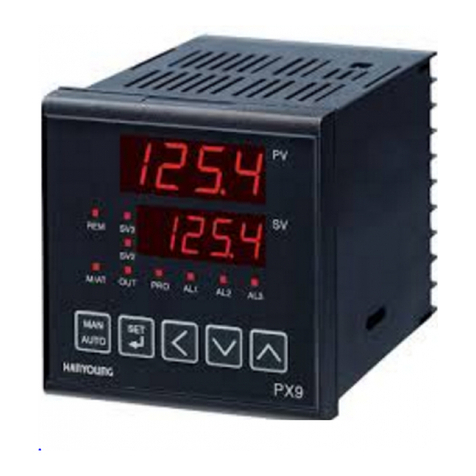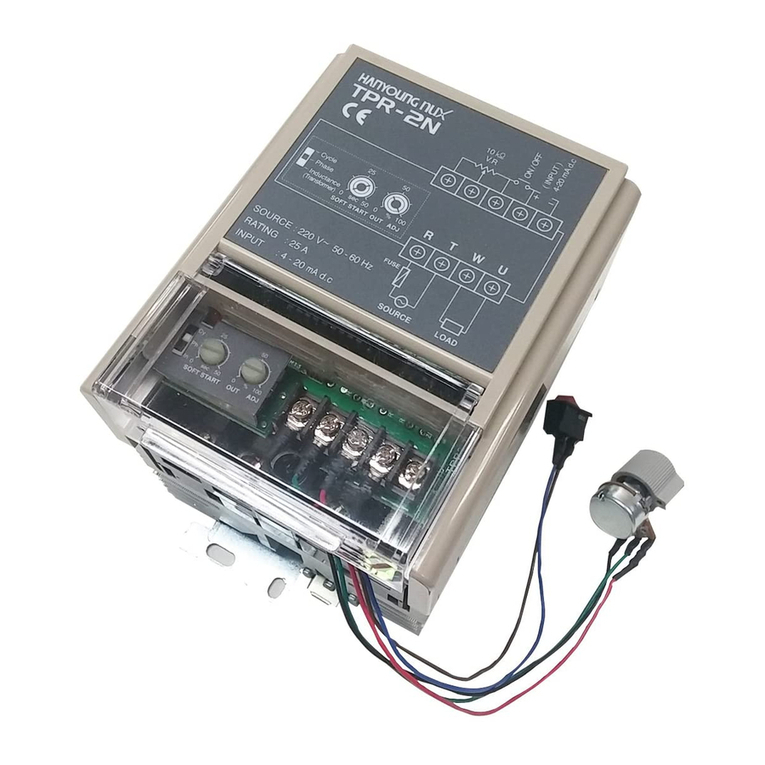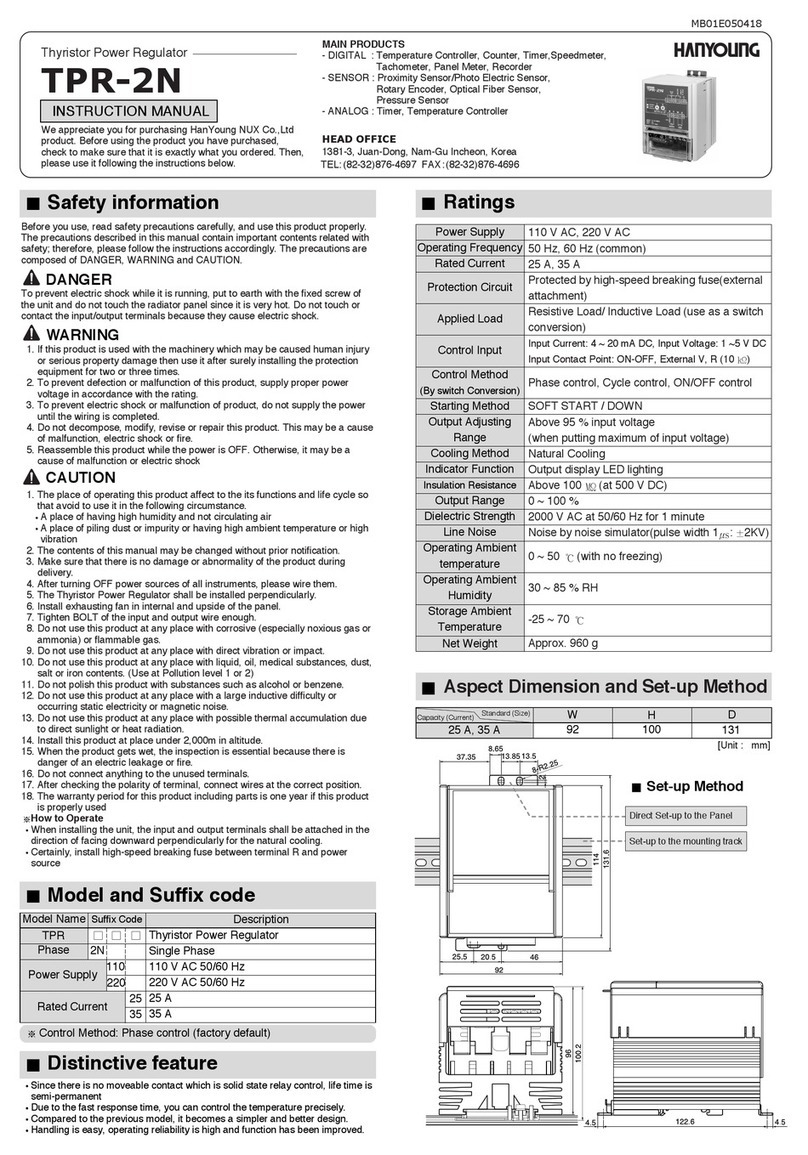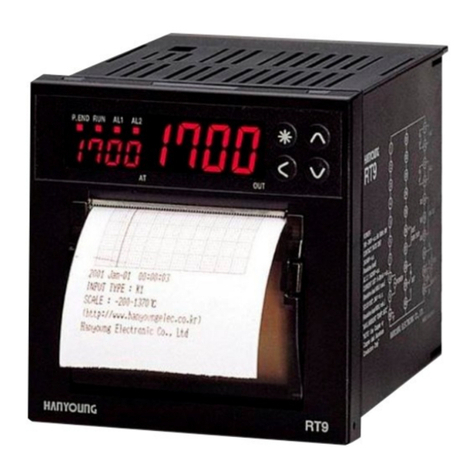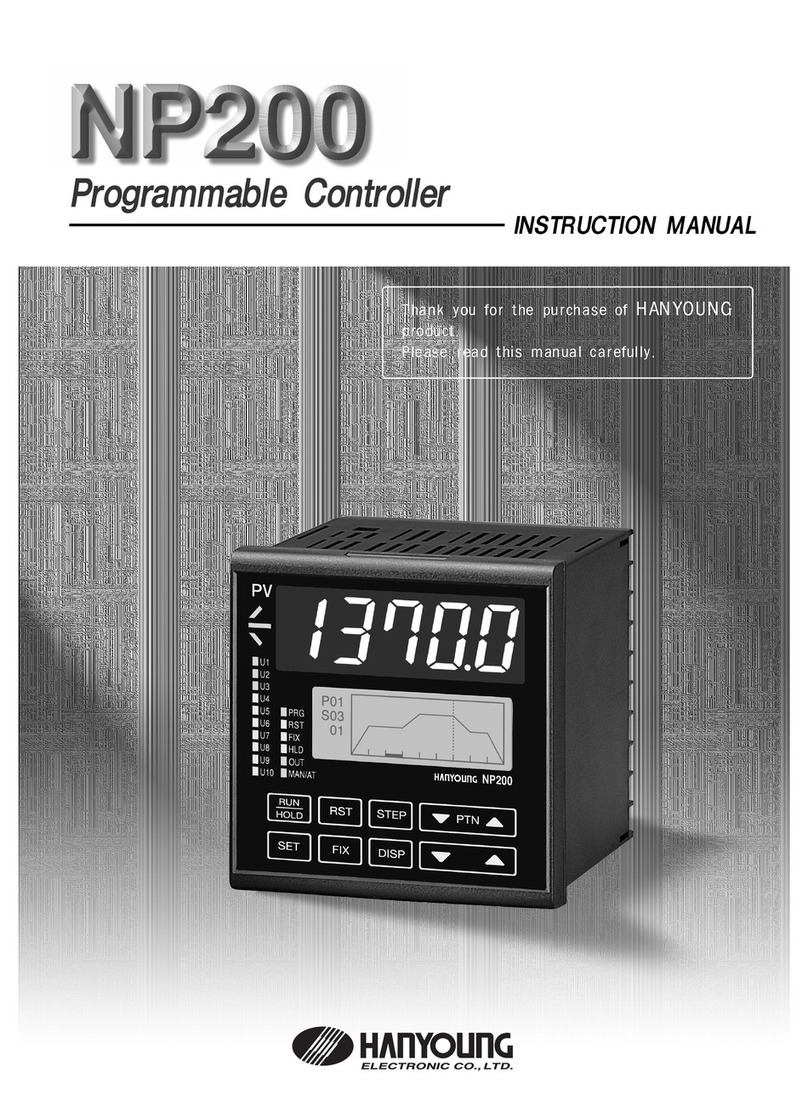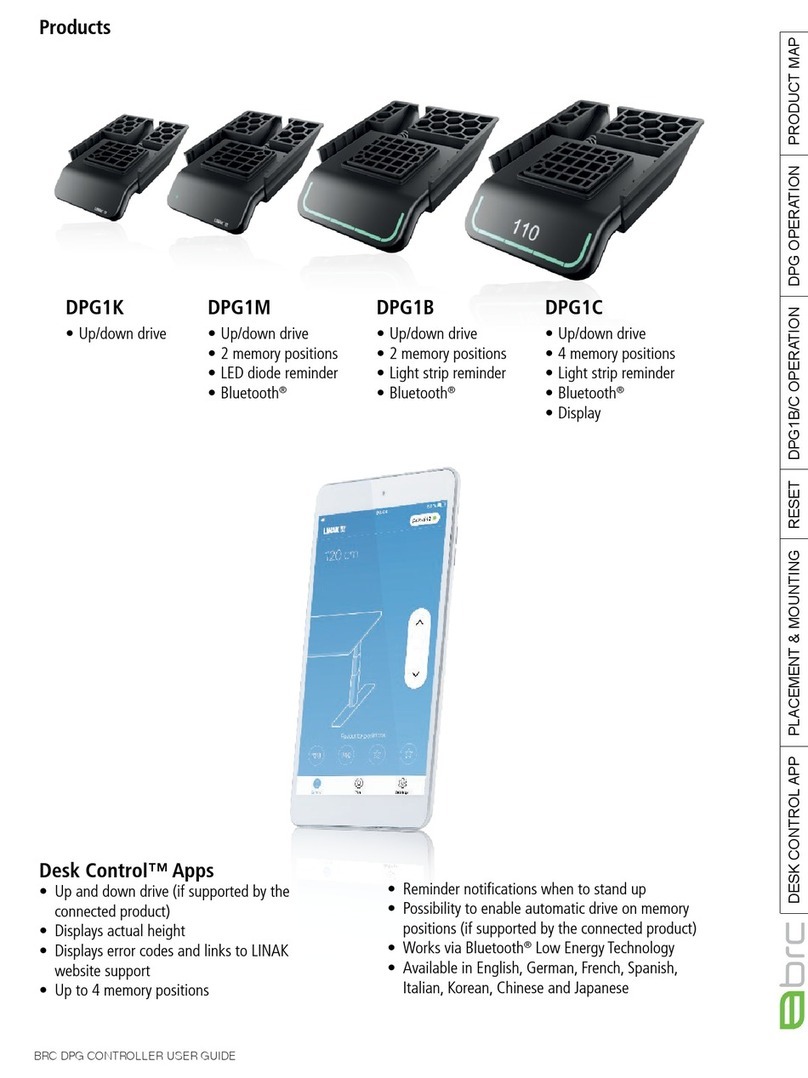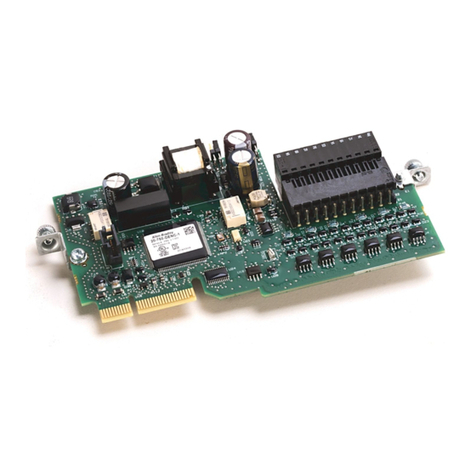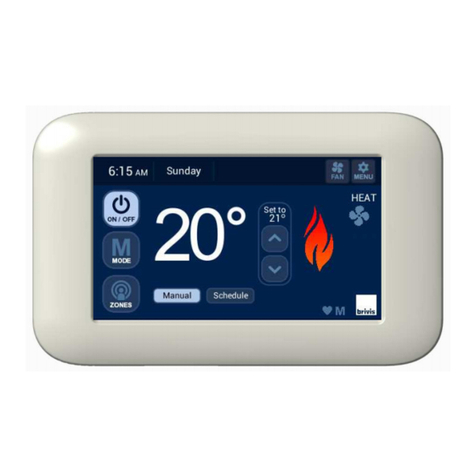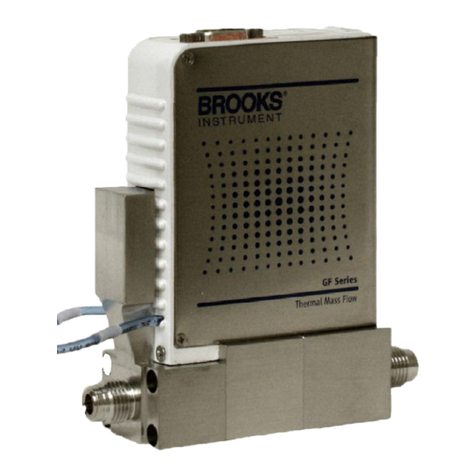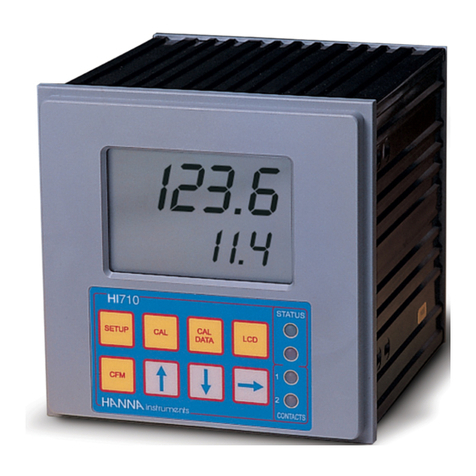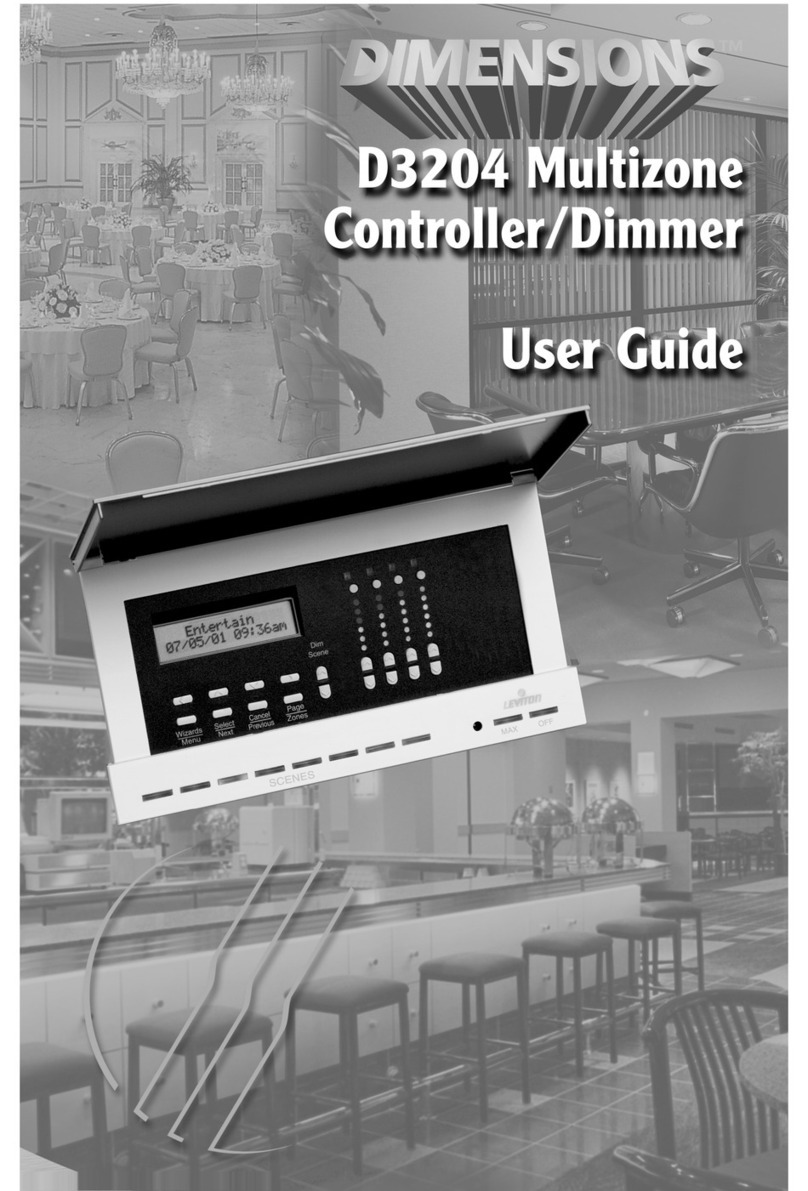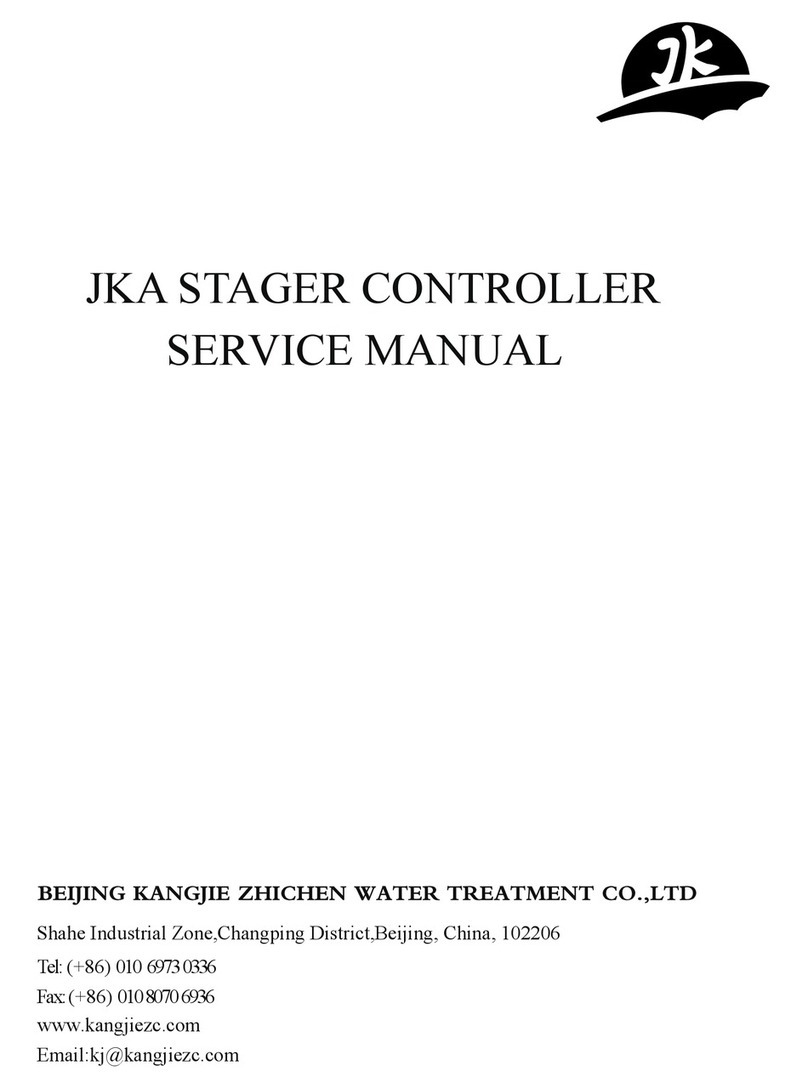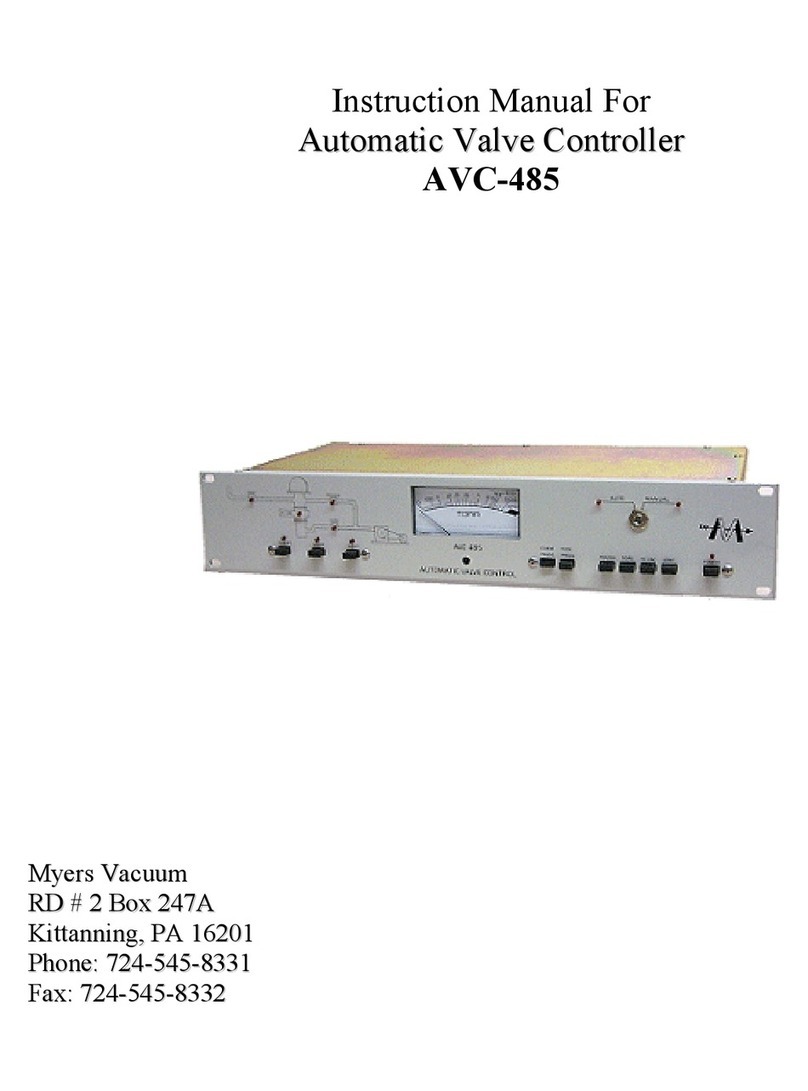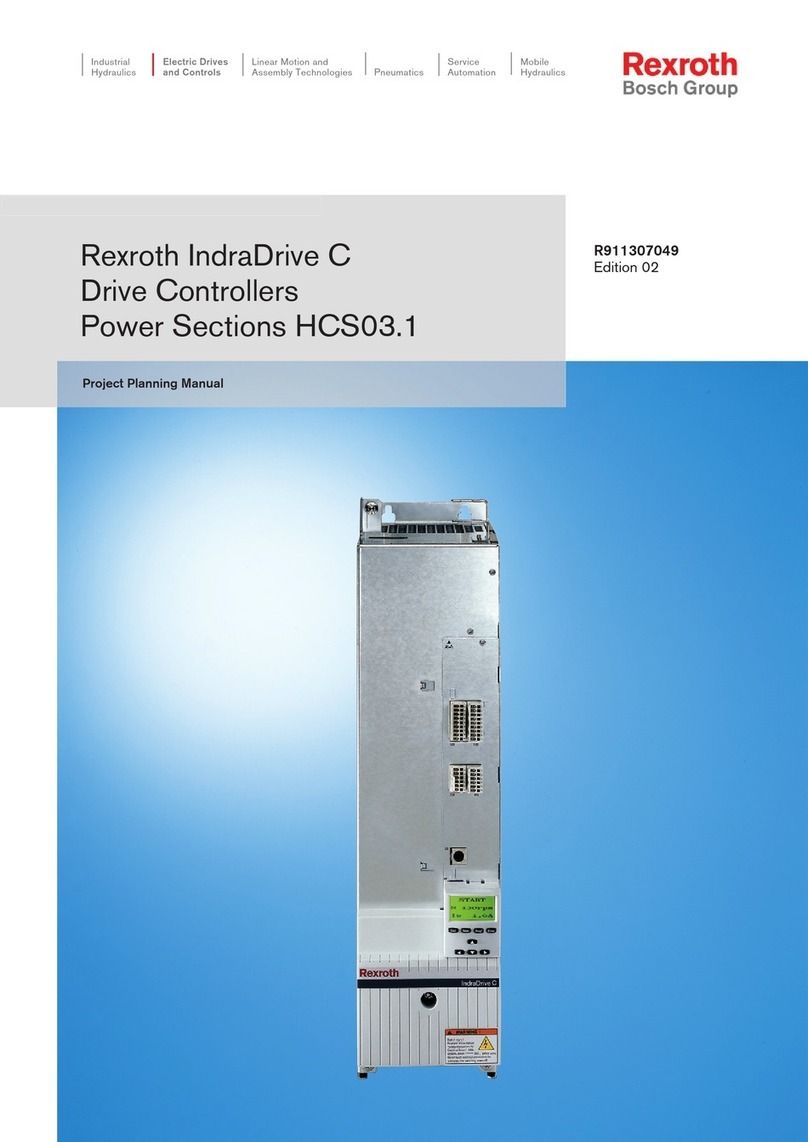Hanyoung NP100 User manual

NP100
Thank you for the purchase of HANYOUNG product.
Please read this manual carefully.


NP100
Before you use, read safety precautions carefully, and use this product properly. The precautions
described in this manual contains important contents related with safety; therefore, please follow the
instructions accordingly. The precautions are composed of DANGER, WARNING and CAUTION.
Do not touch or contact the input/output terminals because they may cause electric shock.
1. If there is a possibility of an accident caused by errors or malfunctions of this product, install external
protection circuit to prevent the accident.
2. This product does not contain an electric switch or fuse, so the user needs to install a separate electric
switch or fuse externally. (Fuse rating : 250V 0.5A)
3. When setting, “Input type selection number” must be selected in the Group Input(G.In) and also
“Output type selection number” must be selected in the Group Output(G.Out) before moving to other
group. If not, data of other group will be changed to the initial stage.
4. To prevent defection or malfunction of this product, supply proper power voltage in accordance with
the rating.
5. To prevent electric shock or devise malfunction of this product, do not supply the power until the wiring
is completed.
6. Since this product is not designed with explosion-protective structure, do not use it at any place with
flammable or explosive gas.
7. Do not decompose, modify, revise or repair this product. This may cause malfunction, electric shock or
fire.
8. Reassemble this product while the power is off. Otherwise, it may cause malfunction or electric shock.
9. It you use the product with methods other than specified by the manufacturer, there may be bodily
injuries or property damages.
10. Due to the danger of electric shock, use this product installed onto a panel while an electric current is
applied.
1. The contents of this manual may be changed without prior notification.
2. Before using the product you have purchased, check to make sure that it is exactly what you ordered.
3. Check to make sure that there is no damage or abnormality of the product during delivery.
4. The ambient temperature do not exceed 0~50 & The ambient humidity do not exceed 35~85%RH
(no icing).
5. Do not use this product at any place with corrosive(especially noxious gas or ammonia) or flammable
gas.
6. Do not use this product at any place with direct vibration or impact.
7. Do not use this product at any place with liquid, oil, medical substances, dust, salt or iron contents.
(Use at the Pollution level 1 or 2)
8. Do not polish this product with substances such as alcohol or benzene.
9. Do not use this product at any place with excessive induction trouble, static electricity or magnetic
noise.

10. Do not use this product at any place with possible thermal accumulation due to direct sunlight or heat
radiation.
11. Install this product at place under 2,000m in altitude.
12. Attach the bractets(2pcs) on the fixed halls and tighten with a screwdriver. Fixing torque is about 14.7
Ncm (1.5 kg cm)
13. When the product gets wet, the inspection is essential because there is danger of an electric leakage
or fire.
14. Use a compensating cable with thermocouple.
15. For R.T.D input use a cable which is a small lead wire resistance and without resistance difference to
3 wires.
16. To avoid inductive noise to input wires, seperate from the power and output wires.
17. Keep input wires away from output wires and use shielded wires to earth.
18. Use non-grounded sensor to R.T.D and thermocouple.
19. If there is excessive noise from the power supply, using insulating transformer and noise filter is rec-
ommended. The noise filter must be attached to a panel grounded, and the wire between the filter
output side and power supply terminal must be as short as possible.
20. It is effective to use a twisted cable for power supply against noise.
21. If alarm function is not set correctly, alarm output can not be operated at a trouble.
22. When replacing the sensor, please turn OFF the power supply.
23. Use an extra relay when the frequency of operation is rather high. In this case, SSR output type is
recommended.
Electromagnetic switch : Proportional cycle time is Min. 20 sec
SSR : Proportional cycle time is Min. 1 sec
Contact output life : Mechanical : Min.10 million times (no load)
Eletrical : Min. 100 thousand times (rated load)
SSR drive pulse voltage, 4 ~ 20 mA DC are not insulated with internal circuit.
24. The instrument has IP65. Use rubber packing when installing the instrument to panel.
25. Do not connect anything to the unused terminals.
26. After checking polarity of terminal, connect wires at the correct position.
27. When this product is connected to a panel, use a circuit breaker or switch approved with IEC847-1 or
IEC947-3.
28. Install the circuit breaker or switch at near place for convenient use.
29. Write down on a label that the operation of circuit breaker or switch disconnects the power since the
devise is installed.
30. For the continuous and safe use of this product, the periodical maintenance is recommended.
31. Some parts of this product have limited life span, and others are changed by their usage.
32. The warranty period for this product including parts is one year if this product is properly used.
33. The heater power supply and the instrument power supply should be connected using the same
power supply when a heater break alarm.
34. When the power is on, the preparation period of contact output is required. In case of use for signals
of external interlock circuit, use with a delay relay.
35. When changing a contorller to extra one, please check all parameters.

Function Description
RS 485 / 422
Time signal 2 points
Summary
Program temperature controller is consisted of three types of
modes: operation indicator mode, engineering mode, and program
mode.
Operation indicator mode is displayed when the power is on and it
indicates process value and set value, process value and output
volume, and remaining time of the corresponding segment when in
operation.
Engineering mode sets up the basic functions of the instrument
including types of input (sensor) and output, communication,
retransmission, alarm, control output, PID, and auto tuning.
Program mode sets up the control program. It establishes the
number of program repetition, pattern number, segment number
setup, program start condition, time signal, program ending mode,
and each segment s parameter.
Feature
Option
PV display
Digit number
Accuracy
Sampling time
Input type
Output type
Relay
Transistor
Standard
Speed
Max. Com. line
4 digits
0.1 %
250 ms
Universal input (selectable by parameter) refer to page 6
Universal output (selectable by parameter) refer to page 6
SSR / SCR
Relay
Current / SPS (power suppy for sensor)
(Use RET output terminal)
2 points
2 points
2 patterns & 20 segments (1 PT is max. 10 seg.)
RS485/422
600 ~ 9600 bps
31
Control
Output
Retransmission output
Alarm output
Time signal output
1 point
Measurement input
Contact input
SCR / SSR pulse
Retransmission output
Relay control output
Alarm output
Transistor output
Power supply
3 points (RUN,RESET,HOLD)
1 point (Current or SSR output)
1 point
1 point (C contact)
2 points (A contact)
2 points (Time signal)
100 - 240 V AC 50 - 60
Pattern & Segment number
Communication
Hard
Ware
NP100

(Unit : mm)
Dimmension Panel cutout
NP100-
Model Number Function
1
0
1
2
3
Programmable Controller (96 X 96 mm)
None
Time signal 2 points
RS 485/422
Time signal 2 points +RS 485/422
Option
Caution Ground connection cable ( )
- Ground connection cable is a thick wire that is over 2 mm2in width. Wire with more than the third type
ground connection (below 100 ground connection resistance).
- The length of the ground connection cable must be within 20m.
- Ground 1 point from the ground terminal.
- Do not spread cable between the ground terminals.
Caution Wiring
Main power must be off before wiring
Operate after disconnecting the
main power and confirming the
discontinuation of power to the
cable connected to the main
power by using a tester. There
is danger of possible electric
shock. Avoid any contact with
the terminal when sending
electricity.
Caution
Use panels with 2 ~ 10 mm tickness steel sheet.
Caution

Retransmission/SPS
-
ON OFF control* - -
Relay - -
Output 1 Output 2
Control type SSR / SCR (Current) RET / SPS
Display range : -5 % ~ +105 % of range 1 : below 0 : 0.2 % of F.S 1digit
2 : 0 ~ 400 : 5 % of F.S 2digit
Control output type
Input type and Measurement range
SSR -
SCR -
~: Terminal number SPS: Power supply for exernal sensor
Thermocouple
(T.C)
R.T.D
Direct voltage
(V)
Direct voltage
(mV)
Scaling range
SL-L ~ SL-H = -1999 ~ 9999
**When using current input, use the
resistor 250 0.1% on input termi-
nal to use 4~20mA DC input.
0.10 % of F.S
1digit
0.15 % of F.S
1digit
0.1 % of F.S 1digit
0.2 % of F.S 1digit
0.1 % of F.S 1digit
Input type Code Range ( )Accuracy
K
K
J
E
T
R
B
S
L
N
U
W
Platinel
JPT100
PT100
1~5V**
0~10V
-10~20 mV
0~100 mV
-200 - 1370
-199.9 - 999.9
-199.9 - 999.9
-199.9 - 999.9
-199.9 - 400.0
0 - 1700
0 - 1800
0 - 1700
-199.9 - 900.0
-200 - 1300
-199.9 - 400.0
0 - 2300
0 - 1390
-199.9 - 500.0
-199.9 - 640.0
*1
*1
*1
*1
*1
*2
*1
*1
Caution Measurement Input Wiring
- When wiring the input line, cut off the controller and the external power.
- Be careful with polarity and wire the input signal at some interval from power circuit and ground
connection circuit.
- Use shielded input cable when wiring and earth the shield 1 point.
Caution Control output wiring
- In case of wiring or eliminating the control output, cut off the controller and the external power.
- Use a shielded line for SSR pulse or Current output when wiring.
Relay
NP100

6-1. The function of individual LED
Function description
display lamp
display lamp
display lamp
PT1 display lamp
PT2 display lamp
RUN display lamp
WAIT display lamp
HOLD display lamp
MAN display lamp
AL1 display lamp
AL2 display lamp
TS1 display lamp
TS2 display lamp
OUT display lamp
AT display lamp
SEG1~10 display lamp
PV display lamp
SV display lamp
Lights during the ascending section of the segment.
Lights during the soak section of the segment.
Lights during the descending section of the segment.
Lights during the pattern 1.
Lights during the pattern 2.
Lights during the program run.
Lights when WAIT operation during the program run.
Lights when HOLD operation during the program run.
Lights during the manual control.
Lights during the Alarm 1 operation.
Lights during the Alarm 2 operation.
Lights during the time signal 1 operation.
Lights during the time signal 2 operation.
Lights when the control output is ON.
Lights during the auto tuning.
Display present segment during the program run.
Display process value.
Display set value.
Function
LED display

Operate the current pattern number.
Input the parameter setup value
Use when moving the parameter
Press 2.5 seconds or longer to alternate the operation indicator
mode and the engineering mode.
Exit running program and convert to stop.
Exit runing MAN operation and convert to reset mode.
Use to finish program setup mode.
Press to move to other digit.
Use to change the parameter value.
Use to move to other group.
Use to change the parameter value.
Use to move to other group.
When the program is running, press to hold the running segment.
Press again to release the holding
Exit the running segment while operating program and operate the
next segment.
Use to change the pattern nember.
Press key to alternate P1 and P2
AUTO:Use to change MAN control to program mode.
MAN:Use to change program mode to MAN control.
Press key to alternate AUTO and MAN.
6-2. Function of control key
- press the key firmly with your finger
- Do not press the key with any sharpened thing. It could cause key malfunction
Caution
Automatic/Manual Operation Selection Method
Press the AUTO/MAN key on the front panel to choose automatic and manual operation.
On manual mode, the MAN LED will be turned on and MAN LED will be turned off for automatic mode.
The control output value continuously changes with the operation of ascent and descent keys.
Caution
NP100

When it becomes “9” in any digit besides the 4th digit (4D), it will
be rounded up to the next digit when the button is pressed
continuously.
6-3. Function of 4 digits LED
1. Digital Formation
4D 3D 2D 1Digit
2. Possible range of maximum indication using the or button.
3. Rounding Up & Off of Digits
4. Maximum & Minimum Indication
Rounding Up
When the 4th digit indicates “9”, there will be no changes despite
the continuously pressing of
1. Represented data is “+”.
--> When it becomes “0” in any digit besides the 4th digit, it will
be rounded off to the next digit when the button is
pressed continuously.
2. Represented data is “-”,
--> When “9” is indicated, it will be rounded off from the next digit
when the button is pressed continuously.
Rounding Off
It indicates the greatest or the least of the selected item when it gets out of the range of the selected item
(parameter).
If WTM = 0.00~99.59
--> If user selects over 99.60, it sets up 99.59, which is the maximum value. Moreover, it sets up the
minimum value of WTM 0.00 if less below -0.01 is selected.
Ex.)
5. Operation of Button
4D 3D 2D 1Digit
It blinks in its change operation position.
6. Operation of button
7. Position of “ - (minus)”
It is always indicated in the 4th digit.
Use , , buttons to change to the desired value. Then move to the next setup item
(parameter) after registering with the button.
However, this setup value must be within the range of each setup item (parameter). button leads to
the next setup item without pressing any other buttons besides the button.

NP100
Process value
Set value
Power
(ON)
AT.M
AT
1.P
P4Gr
1.I
1.D
1.MR
2.P
2.I
2.D
2.MR
3.P
3.I
3.D
3.MR
4.P
4.I
4.D
4.MR
AR
PID
FUZY
TMU
WTH
PWR.S
When control setup group recovers from a power failure, it resets if selected COOL from the
control mode but keeps operating the program just before the power failure if HOT is selected.
When power turns on from its off mode in manual operation condition, it operates in the output of the
manual operation condition if “HOT” is selected from the motion mode at the time of power recovery
of the control setup group.
Press for
2.5 seconds
P1Gr P2Gr P3Gr
Process value
Output value
Display remain
time of segment
WZ
Displayed in running condition
PID OFF
PID=OFF
or
Remain time of segment
is indicated in running
Caution Operation when power is on.
Caution
Preparation must be carried out in engineering mode when operating the
controller.
There are setup mode for input and output functions and setup mode for
control function in engineering mode but must start with the setup of the
input and output functions.

Caution Mode Setup
Mode setup is recommended after completing the Program operation since the set value varies in
accordance with the setup of the specific parameter.
Each parameter may not be indicated in accordance with the selection of form, addendums, control
type and varieties of the control system.
: It is indicated when option is
ordered.
A1TY
A1DB
AL-1
A2TY
A2DB
AL-2
HYS
PR-S
BPS
PRI
STP
DLN
ADR
RP.T
OUT
O.ACT
CT
PO
OL-H
OL-L
FR-L
INP
FR-H
DP-P
SL-H
SL-L
RJC
FILT
BIAS
B.OUT
P.E1
P.E2
RET
RET.H
RET.L
* : It is not indicated in ON/OFF control.
#: It is indicated in running.

Process value
Set value
G.RPT
SEG.N=0
Power
(ON)
Program mode
RPT
G.PT
PT.NO
SEG.N
n.SSP
n.STC
n.T10
n.JC
n.T2F
n.T20
n.T1F
n.PI 1
n.TM1
n.SP1
n.PI 2
n.TM2
n.SP2
n.PI A
n.TMA
n.SPA
SEG.N=1 SEG.N=2 SEG.N=10
NP100
Process value
Output value
Display remain
time of segment
Press for
2.5 seconds
Operation
indicator mode
PT.NO=n
PT.NO=0
: It is indicated when option is ordered.
Program mode is recommended after completing the engineering mode since
the set value changes and initializes in accordance with the changes in specific
engineering mode.
Some modes are not represented in accordance with the forms, choices, and
control type of the controller.
Caution

Operation indicator mode is displayed when the power is ON and it indicates process
value and set value, process value and volume of output, and remaining time of the
corresponding segment when in operation.
Model NP 100 program temperature controller is divided into operation indicator mode and
program mode and this program mode is further divided into engineering group and program group.
Operation
Indicator Mode
Engineering
Group
Program Group
Engineering mode sets up the basic functions of the instrument including types of
input and output, communication, retransmission, alarm, controlling movement, PID,
and auto tuning.
Program mode sets up the control program. It establishes the number of program
repetition, pattern number, segment number setup, program start condition, time sig-
nal, program ending mode, and each segment s parameter.
8-1. Engineering Group Setup
Power
ON (Press 2.5
second.)
Must start with the setup of the input and output.
Engineering group
Caution
Program group
(1.Input setup group) (refer to page 14)
8-1-1
8-1-2
8-1-3
8-1-4
8-1-5
8-1-6
8-1-7
8-1-8
(2.Output setup group) (refer to page 15)
(3.Communication setup group) (refer to page 16)
(4.Retransmission setup group) (refer to page 17)
(5.Alarm setup group) (refer to page 18)
(6.Control setup group) (refer to page 19)
(7.PID setup group) (refer to page 20)
(8.Auto tuning setup group) (refer to page 21)
Press button to enter the engineering
mode from each setup group
- Preparation must be carried out in engineering mode when
operating the controller.
- There are set up mode for input and output functions and set
up mode for control function in engineering mode but must
start with the setup of the input and output functions.
Caution

8-1-1. Input Setup group
Refer to Input type and
measurement range
Setup range Display
condition Initial value
Input group
Input type
selection
Max. limit selection
Min. limit selection
Decimal point
position
Max. scale setup
Min. scale setup
Temperature
compensation
PV filter
PV bias
Burn-out
Refer to Input type and
measurement range
(FR-H > FR-L)
0~3
-1999~9999
(SL-H > SL-L)
ON , OFF
OFF , 1~120
-100~100 %(EUS)
OFF , UP ,DOWN
Always
Always
In Voltage
input
In Voltage
input
TC
Always
Always
1370
-200
1
100.0
K(1)
0.0
ON
OFF
0 %
UP
Item
NP100
1) Selection of Input Type: NP100 Program Temperature Controller supports universal input and can be
conveniently used by selecting and setting up the input signal symbol of the Input Type Range List.
This list includes the application input sensor and input types in accordance with voltage among the
total of 18 types of input such as 12 types of thermocouple input (13 types of range), 2 types of R. T. D
input, and 4 types of direct current voltage input.
2) Selection of Maximum and Minimum Range: Select the maximum and minimum value of the range
within the maximum range for the setup item in changing the range.
3) Setup of Decimal Point Position: When selecting voltage input (V, mV) for the input type, decimal point
can be indicated by selecting the position of first through third in order to indicate process value in dec-
imals. (Select 1to indicate one decimal place 000.0 .)
4) Selection of Maximum and Minimum Scale: Select the maximum and minimum scale when selected
voltage input (V, mV) for the input type.
5) Selection of Temperature Compensation: As for the thermocouple input, select ON for the selection
of temperature compensation to compensate voltage for the terminal temperature. Otherwise, it will
show declination as much as the terminal temperature (surrounding temperature).
6) Selection of Process Value Filter: When instability of the measurement value for the digital instrument is
severe due to the external noise, reduce the instability of the process value by selecting the filter value.
7) Selection of Process Value Bias: Select correction value when it is necessary to correct the process
value due to the error in input sensor.
8) Selection of Burn-Out Operation: As the safety mode of output in OFF condition by ordering the maxi-
mum or minimum value and comparing with the set value when input (sensor) is disconnected, maxi-
mum process value is indicated if UP is selected and minimum is indicated when DOWN is selected,
thus output remains in OFF condition.
Setup below items.
Always
Signal

Signal
ON / OFF,
SSR, SCR,
Relay
Setup range Display
condition Initial value
Output group
Heating / Cooling
control selection
Heating cycle time 1~1000 sec.
0~100 %(EUS)
-5.0~105.0 %
OL-L+1Digit~105.0 %
-5.0~OL-H -1Digit %
Always
Heating
30 sec.
0.5 %(EUS)
0.0
Relay
100.0 %
Output type
selection
Hysteresis
Preset output volume
Max. output value
Min. output value
REV : heating
DIR : cooling
SSR
Relay
ON/OFF
Always
PID
control 0.0 %
Item
8-1-2.
1)Selection of Output Type
: Control output can be selected from the relay on-off output, relay PID control output, SSR Driving
Pulse output, and voltage output by choosing “Output Type Selection Symbol” from the Control Output
Type List.
2)Selection of Heating & Cooling control
: Control method includes controlling by heating and cooling by freezing function. Choose REV (reverse
motion) for heating control and DIR (ordinary motion) for cooling control.
Setup below parameters.
Always
Reverse motion(REV) Ordinary motion(DIR)
SV SV
ON if PV SV ON if PV SV
3) Heating Cycle Time : When selected relay or SSR output for the control output
: It is an item that selects the frequency of ON-OFF in proportion to output. Generally, set 30 seconds
for the relay output and 2 seconds for the SSR output in consideration of the life span.
4) Hysteresis
:This item sets the range between the ON temperature and OFF temperature
when relay ON-OFF control is selected from the control output.
5) Preset Output Volume
: This is useful when preheating condition must be maintained through continuous output volume previ-
ously set up by disconnecting the output from the PID calculation during the burn-out (disconnected
sensor) A/D error.
6) Maximum & Minimum Value of Output
: This item allows the setup of maximum and minimum percentage in which the output volume of the
control output would be operated by.
Hysteresis
SV
output
PV
ON
OFF

NP100
8-1-3. Communication Setup Group
Signal Setup range Display
condition Initial value
Communication
setup group
1 2 bit
7 or 8
(except PC Link : 8)
1~99(max. 31 devices)
0~10
Option
Option
Option
Option
Option
Option
Option
NONE
1
8
1
PCL.0
0
Protocal
selection
Communication
rate
PARITY
STOP BIT
PCL.0: PC LINK
PCL.1: PC LINK SUM
Item
DATA LENGTH
ADDRESS
RESPONSE TIME
600 / 1200 / 2400
/ 4800 / 9600 bps
NONE / EVEN / ODD
9600
Setup below items.
8-1-4. Retransmission Setup Group
Response time = (handling time + response time) 10 ms
Caution
Retransmission Output Wiring
- Must disconnect the controller and external power source when setting up/removing a receiver since
there is danger of electric shock.
- Use same terminal for retransmission output and SPS output. Use of the terminal with what function of
output is selected through parameter.
- 4/20m ADC is outputted for the retransmission output.
- When using the retransmission output, it is impossible to use the SPS function for sensor.
SPS Output Wiring for Sensor
- Must disconnect the controller and external power source when setting up/removing a sensor since
there is danger of electric shock.
- Same terminal is used for the SPS output and the previous retransmission output. Using the terminal as
an output of one side is selected by the parameter. (24 VDC 20mA DC MAX)
Caution! PC-LINK Communication / LADER Communication Wiring
- Must disconnect the controller and the external power source when connecting to the communication
terminal due to the danger of electric shock.
- Connect the termination resistor (220 1/4W) at the end or master located at the both ends of the
communication equipment.

Signal Setup range Display
condition Initial value
Retransmission
setup group
Always PV
Retransmission
output selection
Max.
Retransmission
output
Min.
Retransmission
output
PV, SV, MV(output volume), SPS
Setup below items.
Item
T.C, R.T.D : FR-H~FR-L
mV,V : SL-H~SL-L
(RET.H > RET.L)
T.C, R.T.D : FR-H~FR-L
mV,V : SL-H~SL-L
(RET.H > RET.L)
RET=PV
MV,SV
RET=PV
MV,SV
T.C,RTD : FR-H
mV, V : SL-H
T.C,RTD : FR-H
mV, V : SL-H
1) Selection of retransmission Output
: Process value, output volume or setup value can range from 4~20 mADC as retransmission output
and when SPS is selected, power for external sensor will be outputted. (24 VDC 20 mA MAX)
2) Selection of Maximum & Minimum Retransmission Output
: 4 ~ 20 mADC output can be selected within the range of value from the maximum range selection
(FR-H) and the minimum range selection (FR-L) in case of thermocouple or R. T. D input. As for the
voltage output (V, mV), select the desired maximum and minimum range within the maximum scale
(SL-H) and (SL-L).
8-1-5. Alarm Setup Group
Caution! Alarm Output Wiring
- In relay close contact output, use relay to operate ON/OFF when the close contact capacity exceeds
240VAC, resistance 1A, and 30VDC resistance load 1A.
- Connect the Bleeder resistance for the current to flow more than the opening and closing volume of the
relay when opening or closing of small amount of current.
- There is life span ([Resistance load] for over 100,000) for relay. Connect CR Filter (when using AC) or
diode in the direct current L load).

Signal Setup range Display
condition Initial value
Alarm setup
group
0.0~100.0 %(EUS)
Setup below items.
Absolute value : 0.0~100.0 %(EU)
Deviation value : -100.0~100.0 %(EUS)
OFF,PUL,CONT
0.5 %
0.0
0.0
3
OFF
Alarm 1 selection
Alarm 2 selection
Dead band of
Alarm 1
Dead band of
Alarm 2
Alarm 1 set value
Alarm 2 set value
Patter 1 End
Patter 2 End OFF
Item
4
NP100
1) Alarm - Select 1 or 2 Types
: Select code number of the Alarm type from the “Alarm Type and Code” list.
2) Alarm - Set up Dead Band 1 or 2
: Set the ON-OFF width (dead band) when operating Alarm 1 and 2.
3) Alarm - Set Value of 1 or 2
: Set value for Alarm 1 & 2.
4) Pattern 1 ending signal
: Since there is no separate output, pattern 1 ending signal setup item will be indicated when selected
number 21 from the Alarm 1 type selection. (However, pattern-1 ending signal will not activate when
pattern - 2 is selected from the setup item at the completion of the program.)
5) Pattern 2 ending signal
: Pattern-2 ending signal setup item is indicated when #21 is selected from the Alarm 2 type selection.
(Pattern ending signal setup item will not be indicated if #21 is not selected.)
Here, if OFF is selected from the pattern ending signal setup item, it doesn t activate, PUL allows
output to be on for about 0.5 seconds and lastly if CONT. is ending, already setup alarm output will
continue on.
Press RST Key to remove the alarm.
EX) PUL selection
0.5 sec.
ON ONOFF
Option
Option
code 21
selection
OFF,PUL,CONT
OFF / 1~22
Refer to “Alarm type and code”
(31, 32 page)
CONT selection

OFF/ON
HH.MM (00 00 )
MM.SS (00 00 )
OFF/0~max. range
OFF / 0.01~99.59
COOL / HOT
8-1-6. Control Setup Group
1) Selection of Fuzzy Function
: Fuzzy function is an over shoot inhibitory function using the fuzzy reasoning. Fuzzy function can pro-
vide control effects in the following situations:
Starting the control when there are variation between the
desired set value and actual process value
Wanting to reduce the operative preheating period
Having severe load changes
Having frequent changes to set value
2) Selection of Time Unit
: Maximum of 99 hours 59 minutes or 99 minutes 59 seconds
can be selected in the setup item for the selection of time unit.
3) Setup of Wait Zone
: Process value must agree in accord to the process of programmed set value in program temperature
controller but unpredicted events occur. Here, if the temperature variation set in the wait zone when
moving segments, program can continue on to the next segment. However, if it is outside the
variation range, it doesn t move on from the current segment to the next segment but rather waits
until it enters the set range of wait zone.
4) Setup of Wait Time
: When the process value doesn t agree with the progress of the programmed set value in the
program temperature controller, in other words, when the process value is not controlled within the
range of set variation between the set value + the wait zone, program continues on when the wait
time elapses.
5) Power Recovery Motion Mode
: Can choose between COOL or HOT in the set up item. If COOL is selected, the system resets when
recovered from the power failure and if HOT is selected, it continues on from the segment operated
just before the failure.
However, must start from the beginning of the segment even if the system recovers to the
segment just operated before the power failure.
Signal Setup range Display
condition Initial value
Control setup
group
Always
Always
Always
Always
OFF
HH.MM
OFF
OFF
COOL
Fuzzy function
selection
Time unit selection
Wait zone setup
Wait time setup
Power recovery
motion mode
Item
Setup below items.
Except
ON / OFF
PV
Target SV
Subsidiary target SV
PV
Start FUZZYreasoning Time
Fuzzy Function
Table of contents
Other Hanyoung Controllers manuals
Popular Controllers manuals by other brands
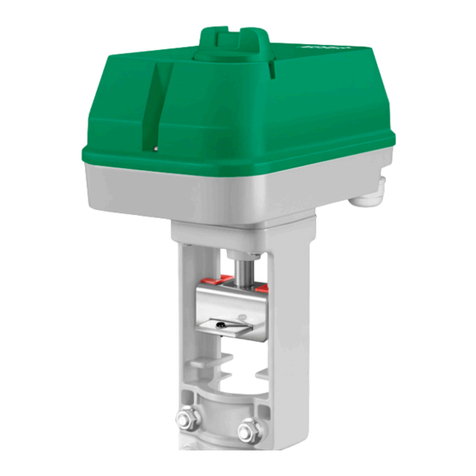
Regin
Regin RVAN10-24 Instruction
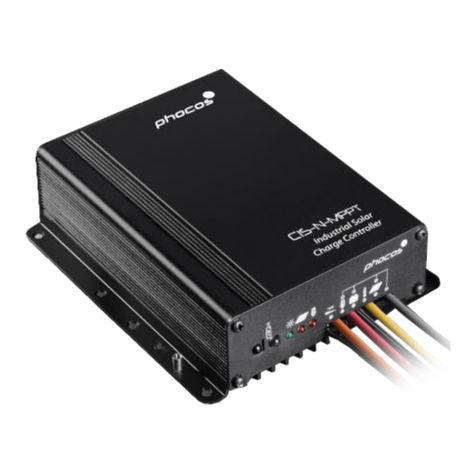
Phocos
Phocos CIS-N-MPPT 100/30 user manual
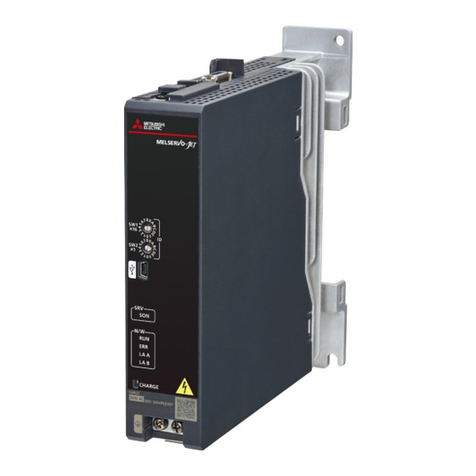
Mitsubishi Electric
Mitsubishi Electric MELSERVO-JET MR-JET-G Series user manual
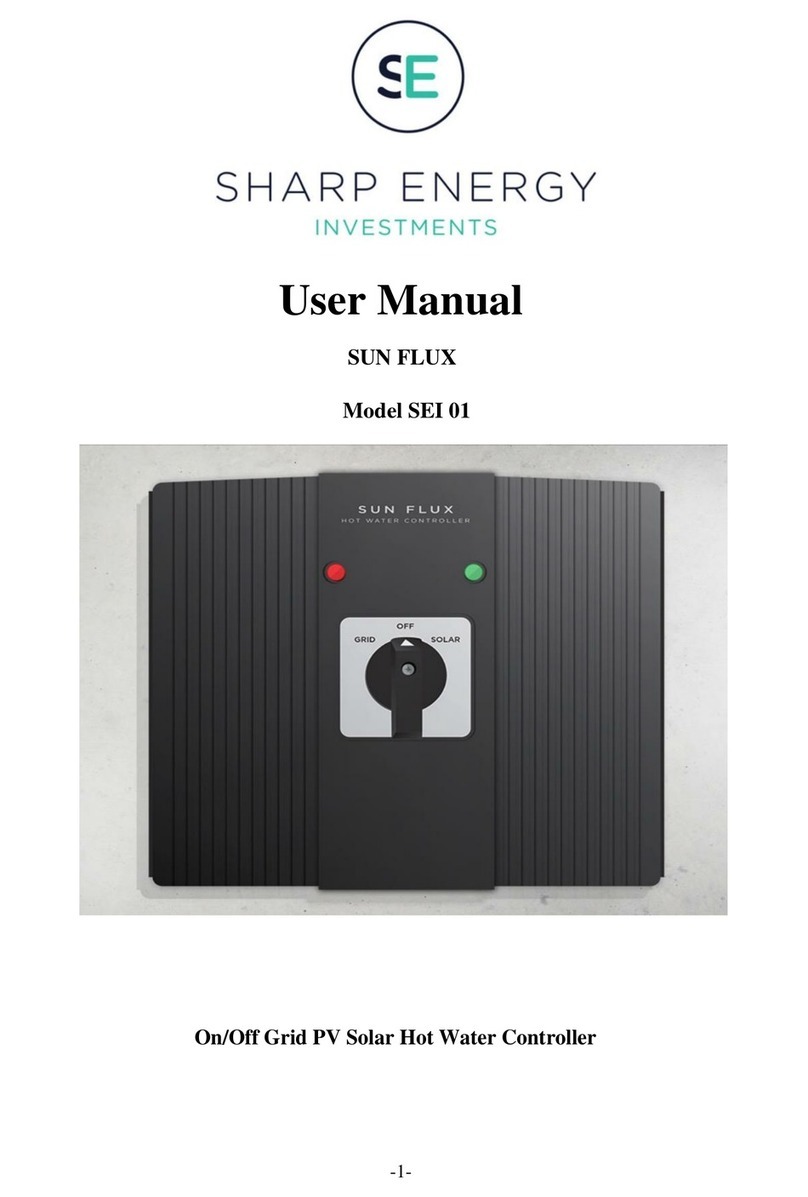
Sharp Energy
Sharp Energy SUN FLUX SEI 01 user manual
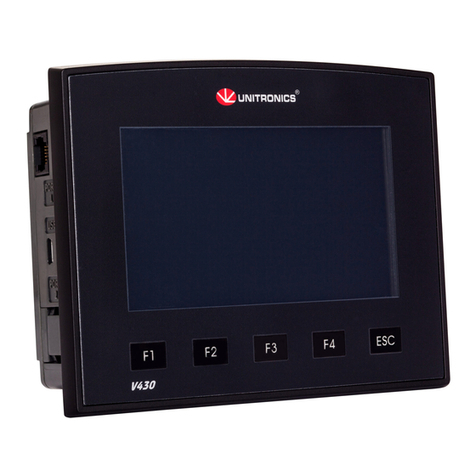
Unitronics
Unitronics Vision130 installation guide
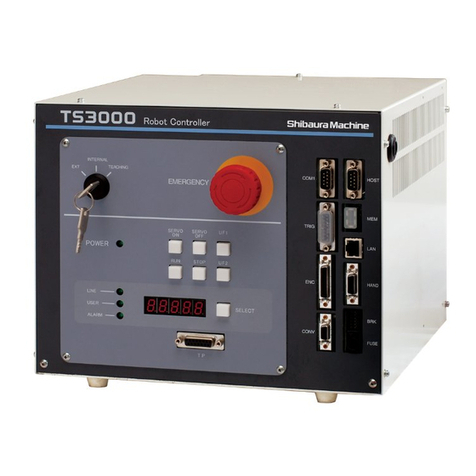
Toshiba
Toshiba TS3000 Series instruction manual
